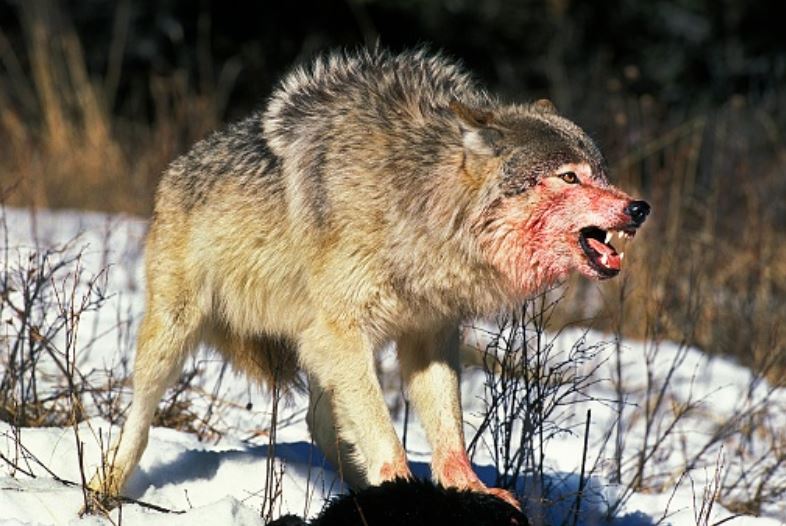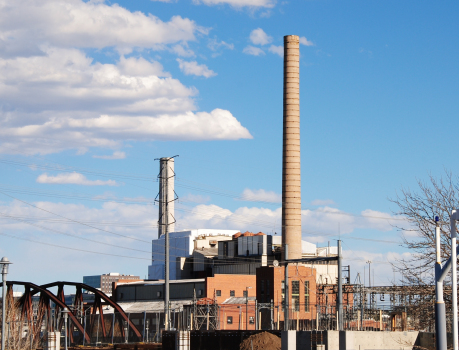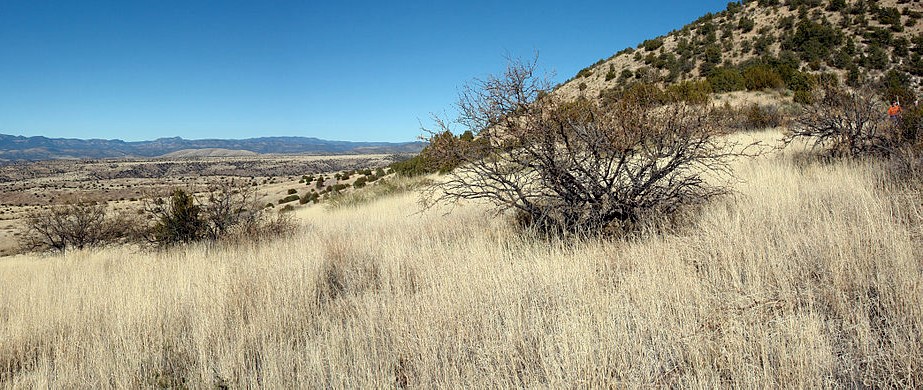Protecting What Is Already Protected
by RANGE contributor
The New York Times recently opined that the endangered species law could be used to stop oil and gas production nationwide, because no matter where the drilling is, it contributes to climate change everywhere. Thus, sea turtles in Florida or monk seals in Hawaii could be the excuse to shut down oil drilling Wyoming.
The Times quoted an Arizona professor questioning the government’s reliance on science, criticizing an Interior Department memo saying it cannot objectively determine whether a tiny incremental greenhouse gas emission in one spot can impact a species thousands of miles away. “It’s totally the wrong way to think about it,” the professor said, predicting that a third of all plant and animal species could be gone in 50 years (a gloomy prediction we’ve been hearing for decades). “It doesn’t matter if we don’t know that this specific well in Wyoming led to an extinction. We know what the general pattern is.”
But do we?
The almost universally accepted view, taught for generations, is that habitat is being lost to development at an alarming rate, leading to a steady decline in wildlife and biodiversity across the nation. We have discussed various solutions to the crisis for years, but it turns out the crisis may be greatly exaggerated.
My friend Rob Gordon, one of America’s most respected experts in public lands, wildlife, and endangered species, has published a new scholarly report called “Lands and Habitat in the United States: A Reality Check.” It is an eye-opener. Based on official government data, he finds that forests, grasslands, range, and other natural-state lands are “not disappearing to development at an alarming rate, and urban sprawl is not a threat at the national level.”
Yet most Americans continue to believe we must act quickly to protect and preserve what is left of the last great places. One of President Biden’s first actions was an executive order called, “Tackling the Climate Crisis…” It called for a “Government-wide approach that… conserves our lands, waters, and biodiversity.” It established the goal of “conserving at least 30 percent of our lands and waters by 2030.” A Biden Interior Department press release said, “Approximately 60 percent of land in the continental U.S. is in a natural state, but we are losing a football field worth of it every 30 seconds.” In context, even if true that’s just 1.3 acres out of America’s 2.4 billion acres. At that rate, the whole country would be “lost” in only 1,756 years. The Interior press release further warns, “The U.S. Geological Survey (USGS) reports that only 12 percent of lands are permanently protected.” Protected from what?
The government literally owns over a third of the U.S., and through regulations has at least some control over hundreds of millions of acres of private lands, too. In other words, way more than “30 percent of our lands and waters” are already protected, unless you think the government is about to subdivide and pave national forests, parks, and BLM lands.
Land-use trends are analyzed, as Rob Gordon explains, through satellite imagery. Landsat, a joint project of NASA and USGS, is a series of satellites that photograph the earth’s surface, and continuously update the images. The “National Land Cover Database” comes from those images and supplementary data. Using that data, USGS researchers recently published an assessment of the land cover from 2001 to 2016 for the mainland U.S.
Agricultural land accounts for 22.5 percent, while all the developed land classes combined account for only 5.3 percent. The combined area of the remaining land classes – over 70 percent – is still in a variety of generally natural landscapes. Specifically, 24 percent is forested, 21 percent shrub/scrub land, 14 percent grasslands, six percent wetlands, and five percent water.
Even that doesn’t tell the story about how little of America is so developed as to destroy habitat and the environment. Of the 5.3 percent of U.S. land that is “developed,” only five percent of that is “high-intensity” development, meaning mostly paved over. Thirteen percent is medium and 28 percent low-intensity development, the remaining 54 percent classified as “open space,” even though it may lie within cities and towns. In other words, less than half of the 5.3 percent is actually “developed.” That’s perhaps 2.5 percent of the land in America, not the 40 percent Interior’s press release implies.
Most interesting is a chart comparing those numbers over the years. The USGS assessment was called “Conterminous United States Land Cover Change Patterns,” which is ironic because it shows no “change pattern.” The accompanying chart shows every single category virtually unchanged in the last two decades. The only category showing a barely perceptible change is forestland, which declined by 24,500 square miles, primarily because of wildfires, mostly in the West. It was replaced, of course, by grasslands and shrub/scrub cover, not by development. Developed land increased only a miniscule fraction, but so did both grassland and barren land.
Even with population increases, the general trend is toward more urbanization, not developing open space. Today three-fourths of Americans live in cities, over 90 percent in the eastern half of the country, and on the Pacific coast. Nine percent occupy the eight big square states, over a third of them in Denver, Phoenix, and Las Vegas. The rest of the West is almost entirely undeveloped.
We may not need new federal programs to protect our lands and waters after all. It turns out they are already protected – not by government but by nature.





The usa govt land needs to be lottoed off to private deeded hands .
Thus it will then be used for human Good.
Grazed , Logged, low level winter burns . The water and minerals developed for human Good.